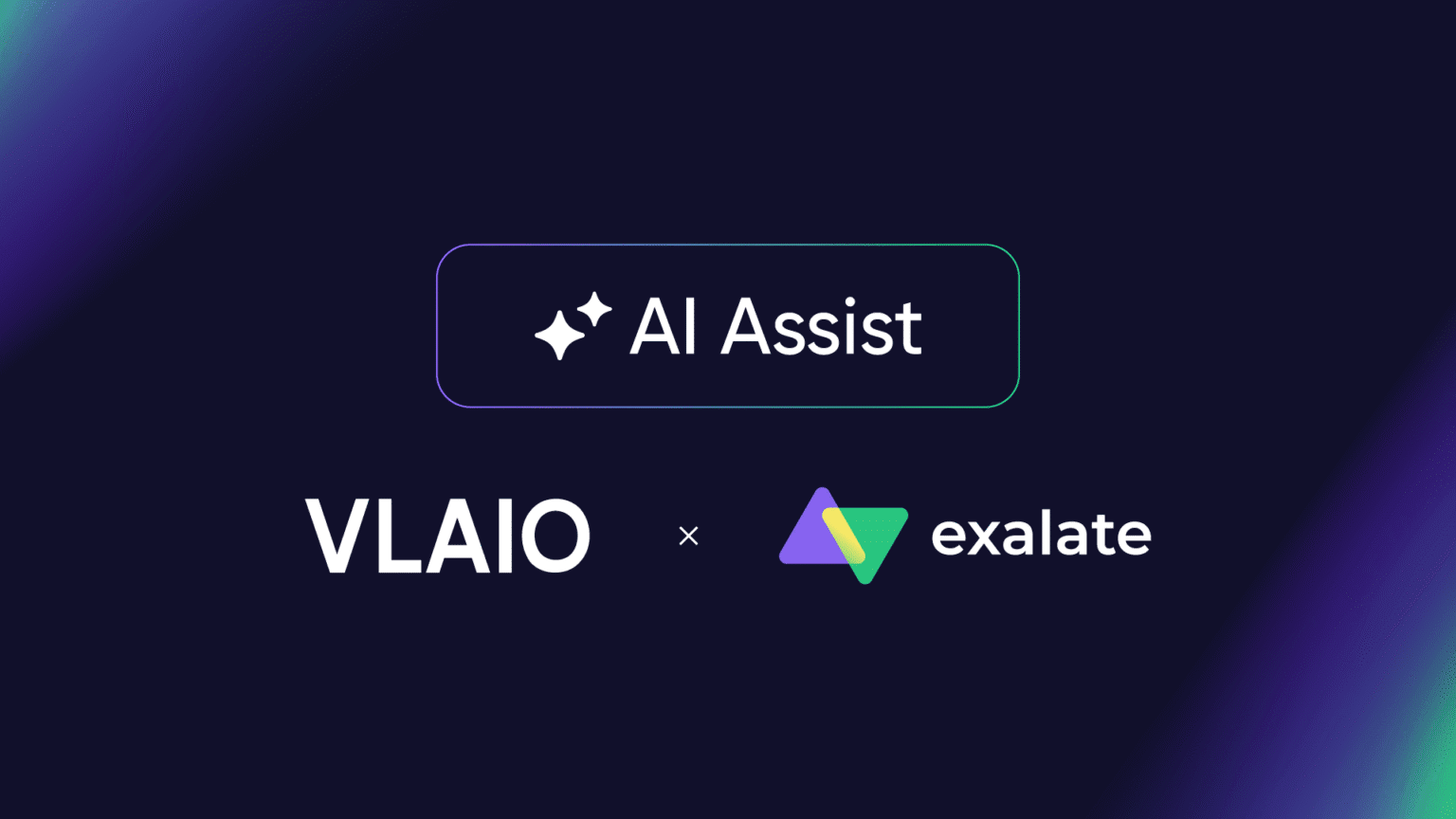While the tech world debates AI’s future, we have focused on something more immediate: making enterprise software actually work together without breaking budgets or burning out IT teams.
The problem is massive—and mostly invisible. Remote work, SaaS overload, and fragmented workflows have left companies drowning in manual fixes. On average, teams lose 20+ hours a week just stitching tools together. For IT, this has become a crisis of scale.
Exalate is set out to change that—not with more code, but with smarter integration.
Backed by the Flemish innovation agency VLAIO, our R&D started with a visionary goal: scaling our “network effect.” Early experiments revealed a more immediate opportunity: to simplify how individual integrations are built, making them faster to deploy and easier to manage. We listened.
| “Sometimes innovation doesn’t follow your roadmap,” says our CEO, Francis Martens. “It draws a better one.” |
Today, we see a major leap forward: our AI Assist reached 91% real-world accuracy, learns from every customer interaction, and helps teams build custom integrations in a fraction of the time.
Rethinking the Roadmap
Originally, our research focused on growing integration networks—syncing many systems across teams and companies. But we found broader value: how to apply AI to significantly streamline the way custom integrations are built and managed.
At the heart of this shift is AI Assist, our conversational assistant embedded in the scripting engine. Unlike most AI assistants that just add a chat UI, AI Assist works in context. It reads real integration scripts, understands configuration syntax, and suggests code snippets from plain language instructions.
It also learns from every prompt. If a request is unclear, it asks follow-up questions. If it gets something wrong, internal experts tweak its model. The result? A loop that’s getting smarter every month—and already powers 400+ new configurations monthly.
Why does this matter?
Because custom integrations—especially in regulated, service-heavy industries—aren’t going away. Most off-the-shelf “connectors” break under complexity. But writing custom sync logic can take weeks and eat up precious dev time.
AI Assist bridges that divide.
It also expands who can build. By lowering the technical bar, it enables “citizen integrators”—business users and non-developers—to manage syncs without waiting on overstretched IT.
| “Business teams want speed. IT wants security and control,” says Francis. “We give them both.” |
From Integration Networks to Integration Volume
Integration networks remain our long-term vision. Early adopters scale them quickly and expand globally. But sales cycles were longer and awareness was lower than expected. The market wasn’t ready yet.
We shifted focus to volume: increasing the number of point-to-point syncs that are fast to deploy, flexible to scale, and easy to manage. Each sync delivers immediate value, and together, they build momentum toward the network effect we originally envisioned.
The long-term vision is intact. But the focus now is more strategic: build critical mass via integration points—network or not.
| “Every integration adds value. At scale, they create the network by default,” says Francis Martens. |
A Smarter Way to Handle Complexity
Our core strength is field-level scripting control that handles complex business logic without locking customers into rigid templates. AI Assist makes this power accessible to more users while preserving enterprise-grade security, vital for software vendors, IT services, and regulated industries.
AI Assist adds a layer of speed and intelligence on top of that control. It doesn’t hide complexity. It makes it manageable, shortening setup time, reducing errors, and extending our value to teams without full-time development resources.
Many tools offer templated syncs. Few allow full control over logic. Fewer still make advanced capabilities easier through AI.
A New Standard for Integration
This project also strengthened our internal AI muscle. Partnering with the AI experts at Superlinear, we embedded AI deep into our operations—not just as a feature, but as a platform foundation.
Looking ahead, we are preparing a new VLAIO proposal to build on this momentum. The next phase includes a unified assistant for full sync flows, use-case-specific templates with built-in logic suggestions, and automated test generation to reduce QA time. Plans also include a public-facing connector generator to expand our reach into long-tail systems and new tooling to support policy enforcement across increasingly complex networks.
All of our work supports a clear goal: to reduce the cost and complexity of integration, without sacrificing flexibility or control.
By closing the gap between technical complexity and practical deployment, we are laying the foundation for a more scalable, intelligent approach to system integration. For companies drowning in integration debt, that speed and reliability could be worth billions.
From all of us at Exalate, thank you for trusting us to power the connections that move your business forward.
